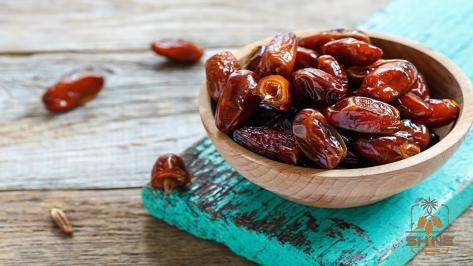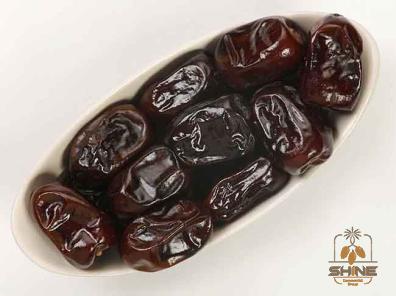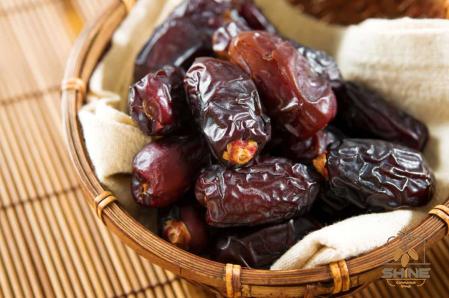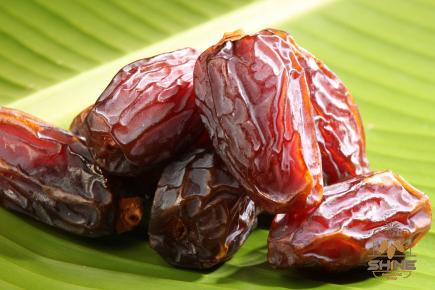To answer why people in Bangladesh are more interested in date sugar you should know the benefits of this date by product. Date sugar is a popular sugar replacement. Nutritionists frequently caution their patients to watch out for sugar because it is so pervasive.
Obesity and chronic disease are both exacerbated by sugar, which can be found in surprising places like marinara sauce and peanut butter. Being overweight and its associated chronic disease are major global killers.
Date sugar, coconut sugar, stevia, and monk fruit sweetener are just some of the sugar substitutes that have gained popularity as possible replacements for regular table sugar.
Date sugar, not to be confused with date palm sugar, is made from dates, although its “healthier” status compared to regular sugar is still up for debate. Precision Nutrition states that dates can be refined into two relatively unrefined forms of confectionery: date sugar and date syrup.
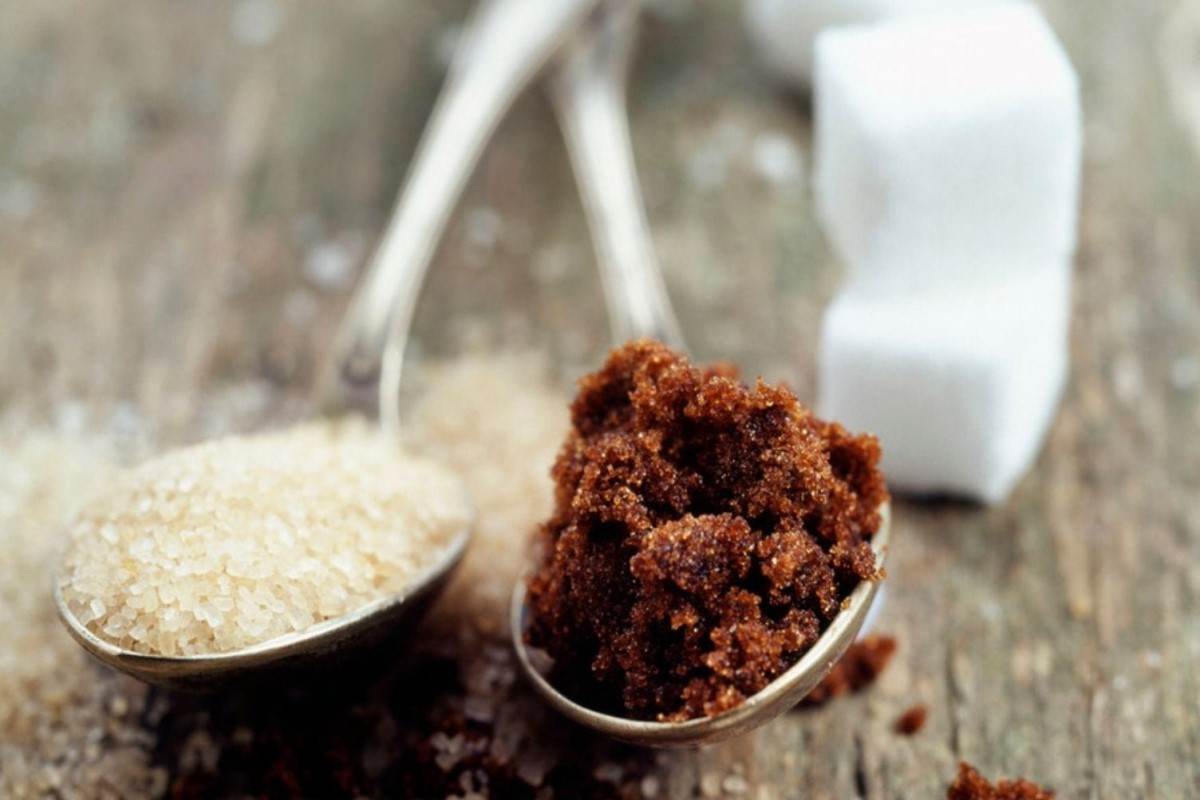
After the dates have been dried, they are ground into a fine, light brown powder to create date sugar. Powdered sugar can be used in its stead. When using date sugar in baked goods, this grit remains.
Therefore, Today advises placing the date sugar over a bowl and pouring hot water over it to help dissolve the sugar.
Date sugar is a healthy alternative to regular sugar since it contains the same vitamins, folic acid, minerals, and fiber that are found in dates.
However, cane sugars are nutritionally deficient. One teaspoon of date sugar has about three grams of sugar, per Precision Nutrition, and two-thirds of the calories found in white sugar, per Today. Date sugar, however, is an efficient sweetener that may be used as a replacement for white sugar in any recipe.
This sugar is a great substitute for brown sugar due to its near-identical appearance and flavor characteristics that are reminiscent of caramel.
Date sugar can be used as a substitute for regular sugar in many baked goods, and sauces, and even as a meat rub for pigs and chickens. Butterscotch flavor and a shaky texture are what you can expect.
If you are one of the many people who are trying to reduce or eliminate their intake of foods with added sugars, you may be running out of options for satisfying your sweet tooth.
You may be running out of options if you’re one of the many health-conscious diners who are attempting to cut back on meals with added sugars. Fortunately, there are many healthy alternatives to added sugars that can be used to sweeten your diet.
These natural sugars can be substituted for refined sugars in your regular meals and snacks. Some of the choices may be obvious foods whose sweetness you’ve always been aware of, but you may be unaware of all the novel ways you might use those items.
Someone with a sweet tooth may be able to kick their sugar habit with the help of foods and spices you’re not familiar with.
Do you think it’s possible to foresee every ingenious method by which sweetness can be boosted without resorting to sugar? Find out what it is by reading on.
Date sugar and brown sugar may look similar, yet they are very different in composition.
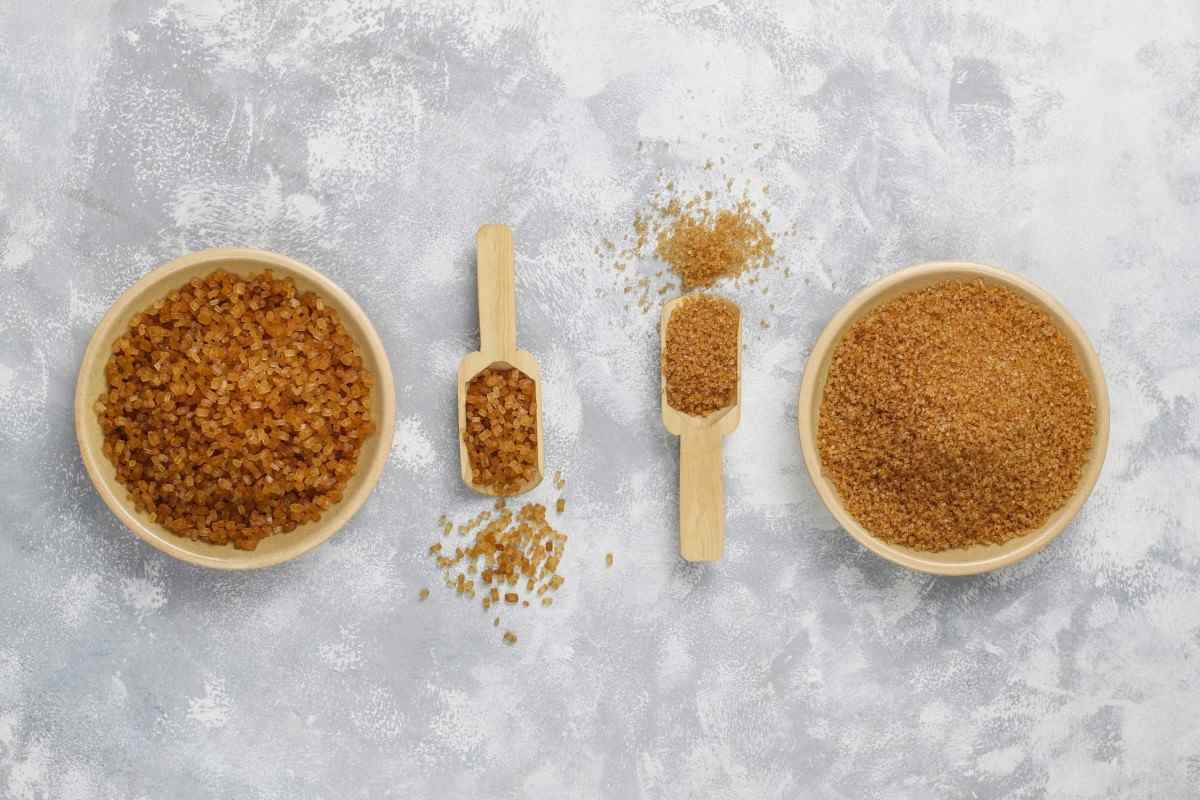
Date sugar, in contrast to cane sugar and most other forms of sugar, is not a crystallized syrup but rather is formed from the ground up and dried dates. Sugar cane is another source of refined sugar.
Date sugar’s high fiber content may benefit those with constipation by promoting the rapid transit of waste through the digestive system.
Date sugar may help reduce the risk of colon cancer since it contains fiber in addition to the antioxidants that help fight the disease. Cane sugar, or dates. Dates have been shown to have a lower glycemic index than other foods, despite their inclusion of natural sugars.
Consuming foods with these sugars does not cause the same kind of rapid increase in blood sugar as consuming foods with other forms of sugar. The high fiber content of dates may aid those with constipation by encouraging the rapid transit of waste through the digestive system.
Date sugar contains antioxidants that help prevent cancer, and it also has fiber, which may lower the risk of colon cancer. Sucrose from dates. Dates have been shown to have a lower glycemic index than other foods, despite their inclusion of natural sugars.
This means that the blood sugar response to eating foods with these sugars is less dramatic than the response to eating foods with other types of sugar. Dates have been revered for a very long time as a tasty snack full of many beneficial nutrients.
More recently, the fruit of the date tree has been ground into a powder. After the dates have been dried and the pits have been removed, they are chopped roughly and then processed into a powder for the component. The “powder” is also known as date sugar in some regions.
Date sugar has a brown color, much like brown sugar. Its smooth texture reminds me of the delicious butterscotch flavors.
This natural product is a wonderful alternative to refined sugars and syrups. Calories per gram are the same for all three forms of sugar. Fructose, sucrose, and glucose are examples of such sugars.
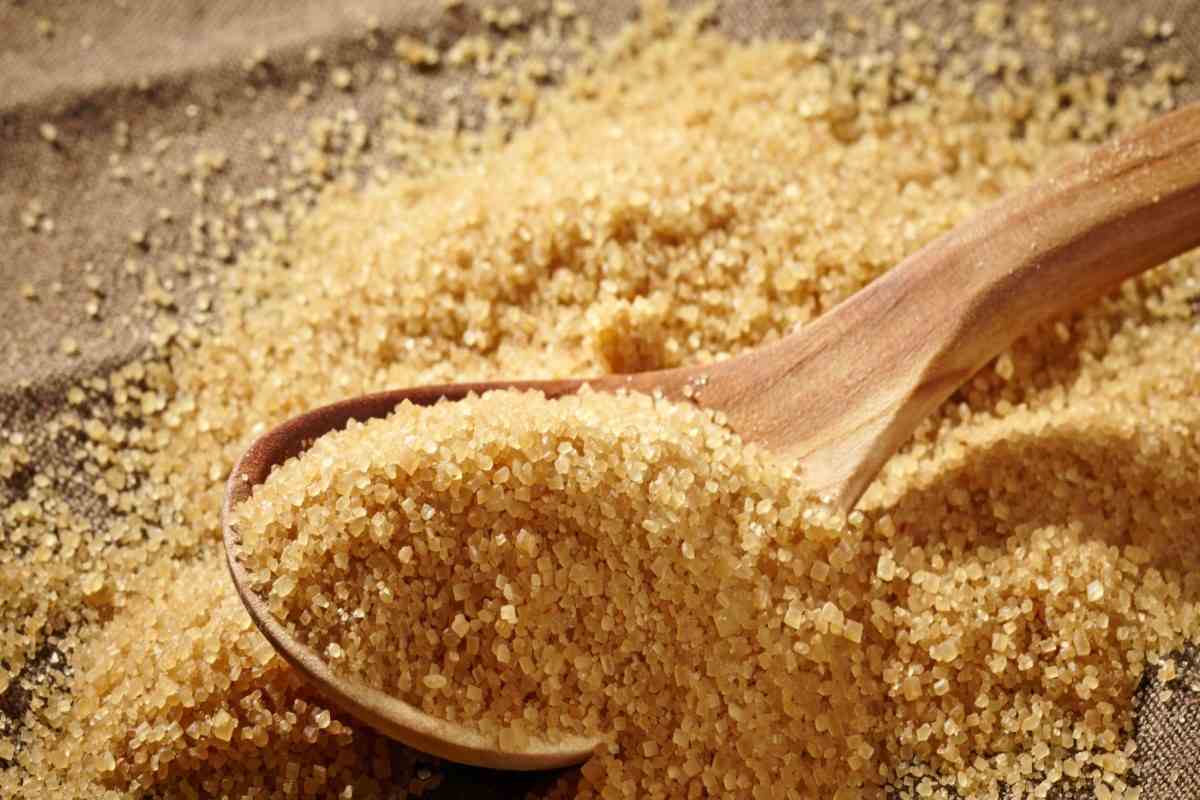
They’re metabolized and digested differently by the body and have different chemical makeup. Naturally occurring sugars include fructose and glucose, both of which can be found in fruits like dates. Every one of them offers a unique way to achieve one’s energy-gathering goals.
Glucose must be broken down and taken into the bloodstream before it can provide immediate energy. Fructose, on the other hand, is metabolized later and provides a more consistent stream of energy. The muscular tissue has to store this energy for later use.
It has been proven that this provides endurance athletes with a steadier supply of energy over a longer period of time. Sucrose is composed of two simple sugars, fructose, and glucose.
In order to absorb the simpler sugars fructose and glucose, your body must first break down the more complex sugar sucrose. As a result of its slower glycemic reaction, or spike in blood sugar, fructose also has a lower glycemic index.
To compare how much different foods raise blood sugar levels, a statistic called the glycemic index can be utilized. Dates are low in both glucose and fructose, with a glycemic index of only 42.
Given that dates are less likely to trigger a spike in blood sugar, they may be a better option for people to watch their sugar intake.
The glycemic index of foods is measured on a scale from 0 to 100 and used to categorize them as either low, medium, or high. How much a given food can raise or lower your blood sugar is measured using something called the glycemic index (GI).
